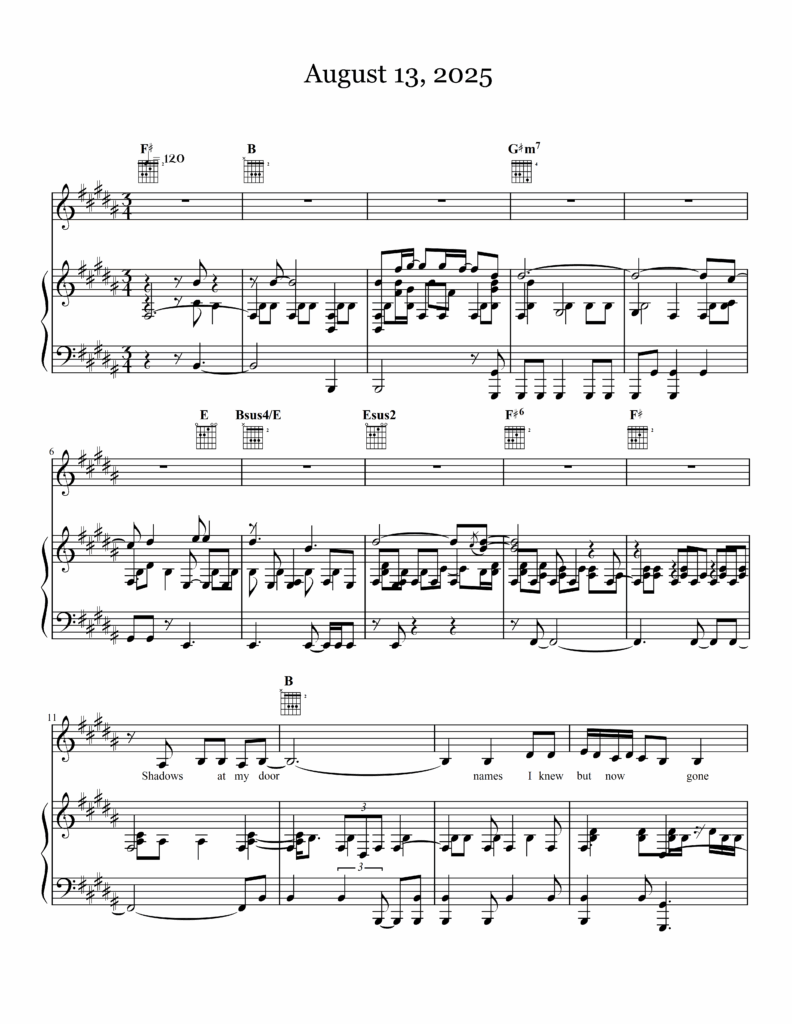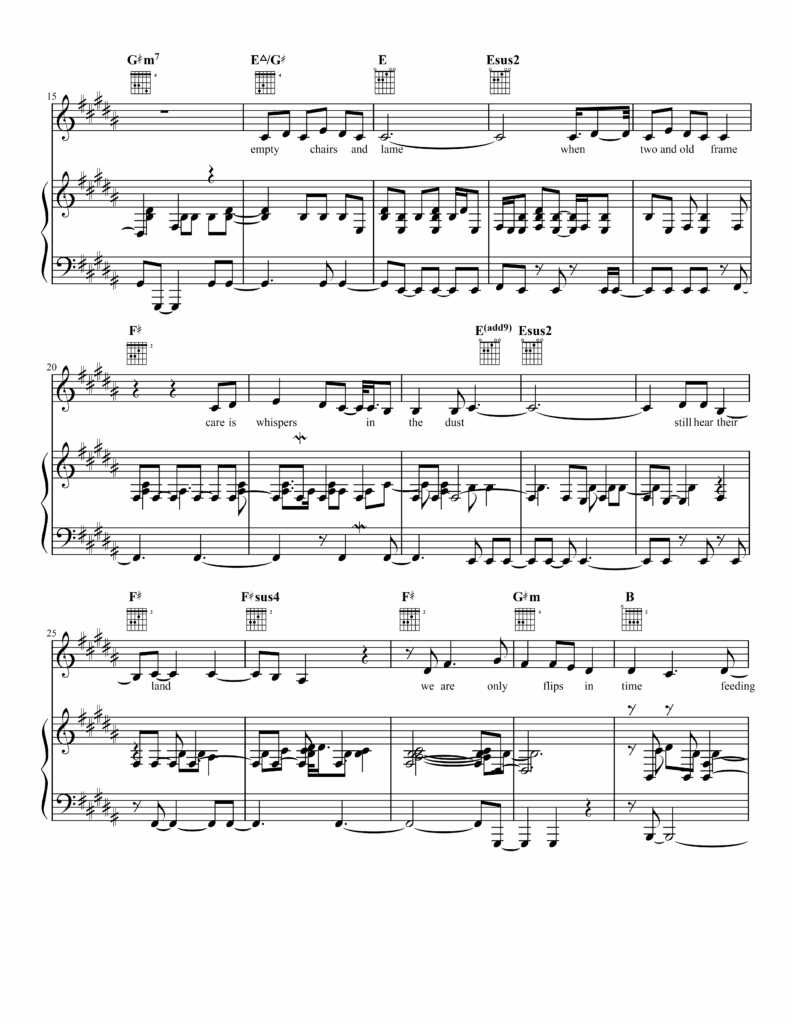How to Make Ezekiel Bread
- Gather Your Ingredients:
Grains and Legumes: Typically, you’ll need wheat berries, barley, millet, spelt, and lentils. You can also add beans like kidney beans or pinto beans.
You’ll want at least 2 cups of each ffor the next part.
Other Ingredients: Water, honey (or another natural sweetener), salt, olive oil (not that supermarket shit, real olive oil will look like pond scum in oil and taste like heaven, and yeast.
- Sprouting the Grains and Legumes:
Soak Overnight: Place each type of grain and legume in separate bowls. Cover them with water and let them soak overnight for about 8-12 hours.
Rinse and Sprout: After soaking, rinse them thoroughly. Leave the grains and legumes in a sprouting jar or a colander, rinsing them a couple of times a day. Let them sprout for about 1-2 days until tiny tails appear.
- Drying the Sprouted Grains:
Once sprouted, you’ll need to dry them before milling. Spread the sprouted grains and legumes on baking sheets and either dehydrate them in a dehydrator or place them in the oven at a very low temperature until fully dried.
- Milling Into Flour:
After the sprouted grains are dried, grind them into flour using a grain mill or a high-powered blender. This fresh sprouted flour will be the base for your bread.
- Making the Dough:
In a large bowl, combine the sprouted grain flour with water, a bit of honey for sweetness, salt for flavor, a little oil, and yeast. Mix until a dough forms. Knead the dough for several minutes until it’s smooth and elastic.
- Letting the Dough Rise:
Place the dough in a greased bowl, cover it with a cloth, and let it rise in a warm place until it doubles in size (about 1-2 hours).
- Baking the Bread:
Preheat your oven to around 350°F (175°C). Shape the dough into a loaf and place it in a loaf pan. Let it rise again briefly, then bake for about 35-45 minutes, or until the bread is golden brown and sounds hollow when tapped.


